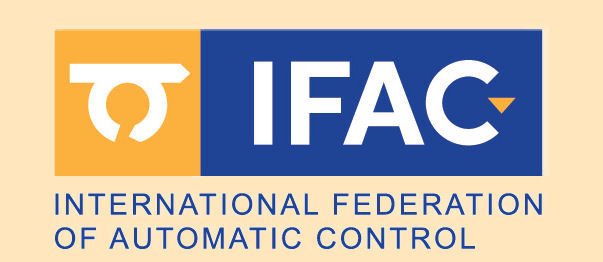| Paper FrAT4.2
Brateau, Quentin (ENSTA, Lab-STICC), Degorre, Lo´ck (ENSTA, Lab-STICC), LE BARS, Fabrice (ENSTA, Lab-STICC), Jaulin, Luc (ENSTA, Lab-STICC)
Proving the Stability of Cycle Navigation Using Capture Sets
Scheduled for presentation during the Regular Session "Underwater Robots" (FrAT4), Friday, July 18, 2025,
10:20−10:40, Room 108
Joint 10th IFAC Symposium on Mechatronic Systems and 14th Symposium on Robotics, July 15-18, 2025, Paris, France
This information is tentative and subject to change. Compiled on August 2, 2025
|
|
| Keywords Underwater robotics, Mobile robots and vehicles, Sensory based robot control
Abstract
Navigating Autonomous Underwater Vehicles (AUVs) presents significant challenges due to the absence of traditional localization systems. Cycle navigation emerges as a promising paradigm, enabling reliable navigation using minimal exteroceptive measurements. This approach leverages predefined cyclic trajectories, which are stabilized based on environmental feedback, ensuring frugal and discreet operations without reliance on high computational power or extensive sensor systems. This work aims to prove the stability of the cycle navigation. As cycle navigation is a non-linear system governed by a discrete inclusion condition, conventional methods have trouble to prove its stability. For this reason, this paper focuses on set methods to prove the stability of cycle navigation. The stability is proven by exhibiting a positive invariant set, which is a set stable by application of the evolution function of the system. This ensures that the evolution function will not remove states from the positively invariant set. Then, the characterization of the capture basin is an asset when performing cycle navigation, as it represents the set of initial states for the system which leads to the positive invariant set. Once the system reaches either the capture basin or the positive invariant set, which are generalized as a capture set, it remains captured forever. This approach not only guarantees the stability of the system in the neighborhood of the equilibrium point, but also establishes that it exists an area in which the stability of the cycle navigation will lead to a stable behavior. This work offers a robust, computationally efficient alternative to traditional stability methods, particularly suited for resource-constrained AUVs, because the underwater environment lacks suitable, cheap and easy-to-use localization methods, which forces us finding alternative ways to navigate and explore this particular environment.
|
|


 This site is protected by copyright and trademark laws under US and International law.
This site is protected by copyright and trademark laws under US and International law.